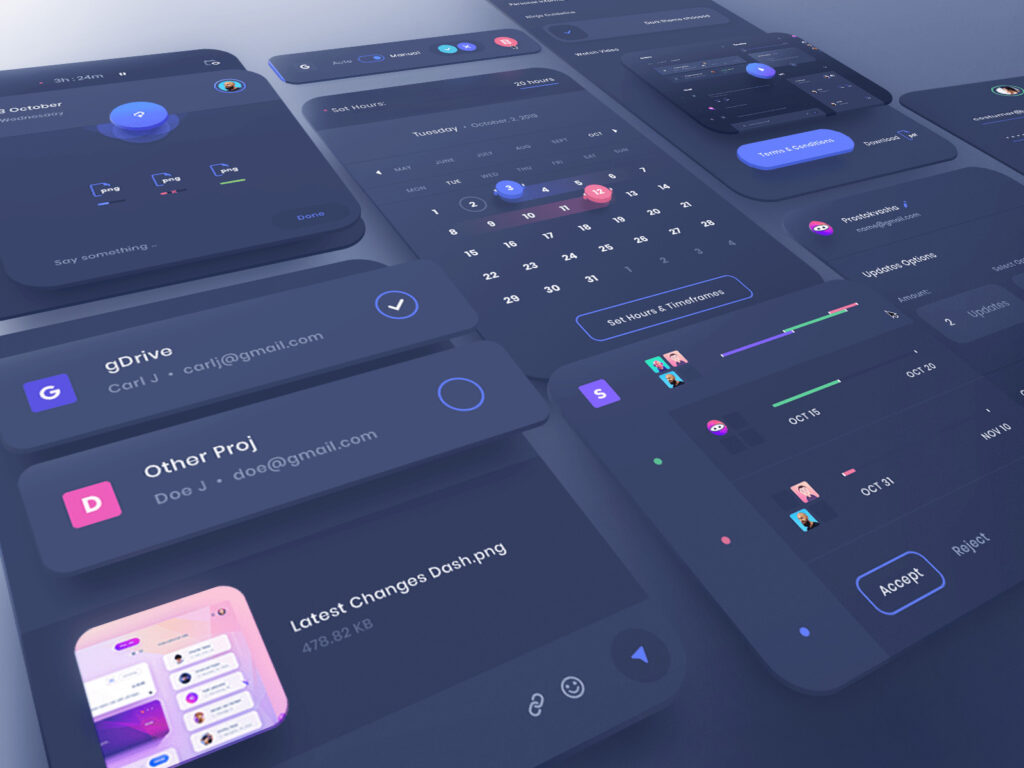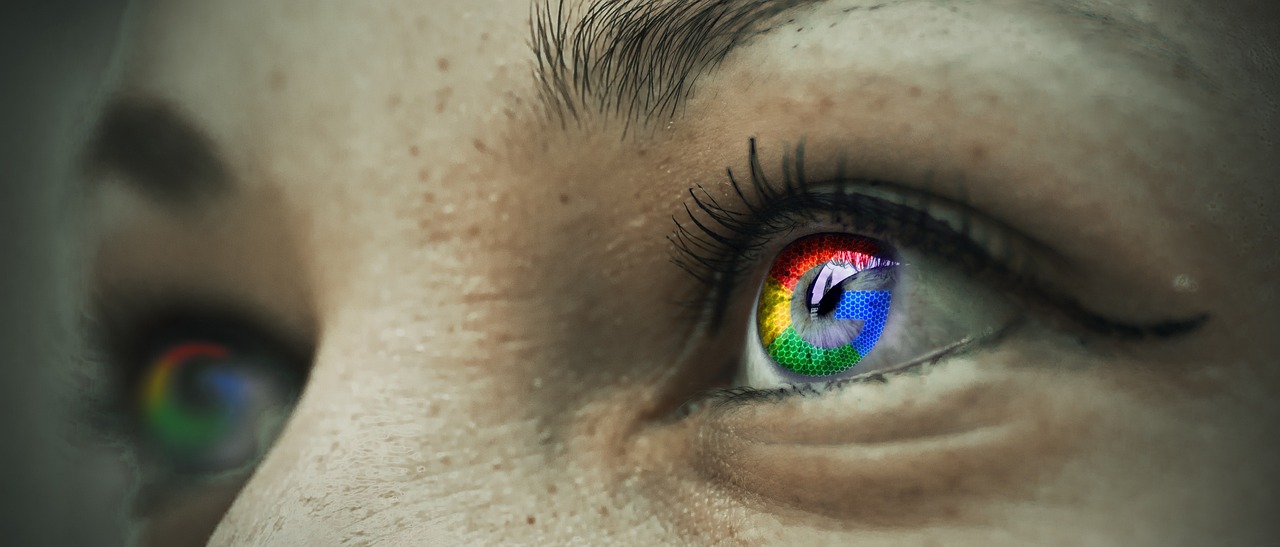
What is UX Sound and Why It Is Important Now
Introduction:
In the digital age, user experience (UX) has become a paramount concern for businesses and designers alike. Every interaction a user has with a website, app, or product contributes to their overall impression and can determine whether they become loyal customers or move on to a competitor. As we continue to explore innovative ways to enhance UX, one element that’s gaining traction is UX sound. But what exactly is UX sound, and why is it so important in today’s digital landscape?
UX sound:
Feedback Sounds: These are audio cues that provide immediate feedback to users when they interact with elements on a website or app. For example, a subtle “click” sound when a button is pressed or a “ding” when a message is sent.
Navigation Sounds: These help users understand where they are within an interface. Think of the distinctive sounds your GPS makes when you’re approaching a turn or destination.
Error Sounds: These let users know when something has gone wrong, like an incorrect password entry or an action that can’t be completed.
Branding Sounds: Unique audio elements that reinforce a brand’s identity and values, often associated with logos or product launches.
Enhancing Usability
UX sound can significantly enhance the usability of a digital product. For example, when users receive audio feedback after a button press, it confirms that their action has been recognized. This immediate response reduces uncertainty and frustration, making the interface feel more responsive and user-friendly.
Increasing Engagement
Well-designed audio cues can make the user experience more engaging. They add depth to interactions and can create an emotional connection with the product. Consider the satisfying “swoosh” sound when you refresh your social media feed or the delightful jingle when you open a certain app – these small touches make the experience more enjoyable.
Brand Identity
In an increasingly competitive market, building a strong brand identity is crucial. UX sound can be a powerful tool for reinforcing brand values and creating a consistent brand experience. When users hear the same distinctive sounds across different touchpoints, it strengthens brand recognition and loyalty.
Evolving Technology
As technology evolves, so does the potential for sonic UX. With advancements in audio technology, including spatial audio and voice interfaces, there are more opportunities than ever to create immersive and intuitive experiences through sound.
UX sound can also benefit users with disabilities, particularly those with visual impairments. Sound can provide vital information and feedback that may not be accessible through visual cues alone. Inclusive design, which considers all users, is essential in today’s digital landscape.
Conclusion:
UX sound is not just an emerging trend; it’s a critical element of modern user experience design. When implemented thoughtfully, it can enhance usability, engage users, promote inclusivity, strengthen brand identity, and adapt to evolving technology. As businesses continue to prioritize user-centered design, paying attention to the auditory dimension of UX is essential for creating exceptional digital experiences in today’s competitive landscape. So, the next time you interact with a digital interface, pay attention to the soundscape – it might just be the key to a more enjoyable and meaningful user experience.








